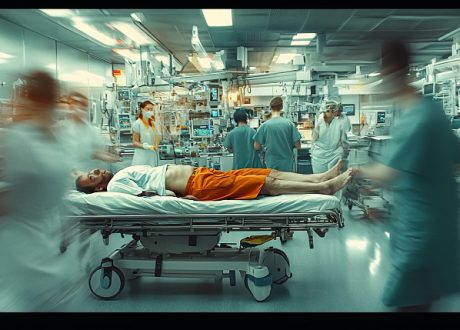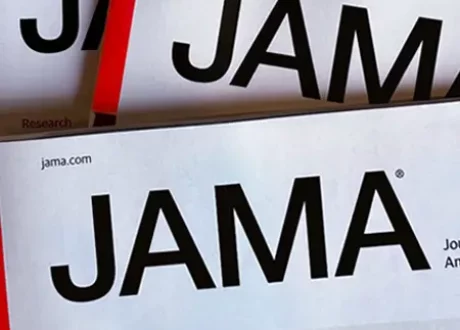Written by Graham Van Schaik
Spoon Feed
When using multislice CT (MSCT) scanners this study suggests it may be possible to extend the timeframe from headache onset within which aneurysmal subarachnoid hemorrhage (aSAH) can be effectively ruled out with imaging alone. They found that when MSCT was employed within 24 hours of symptom onset, the sensitivity of detecting aSAH remained 100%.
Why does this matter?
Headaches account for nearly 1-2% of all ED presentations, most of which are benign. Yet headache can portend potentially fatal diagnoses. Traditional teaching says that we cannot effectively rule out SAH without LP unless CT was obtained within 6 hours of symptom onset. LPs are not without their own set of risks (post procedural headache, false positives, procedural discomfort, etc.), and if we could safely extend this timeframe, it would benefit both providers and patients.
The best news since (multi)sliced bread…
This is a retrospective analysis of electronic data collected at Christchurch Hospital for patients diagnosed with SAH between January 1st, 2008 and December 31, 2017. It was performed at a single center and used two different CT scanners, both considered “modern” MSCTs by conventional definition. There were 347 patients who met their criteria. Of these, 260 were aSAH, and 97.3% (253/260) had a positive MSCT. The secondary outcome was the proportion of patients with any type of spontaneous SAH with a positive MSCT, of which 95.7% (332/347) were detected. The group defined time to MSCT as the duration from headache onset until scan. Missing data were imputed to bias toward maximizing early false negatives (thus underestimating sensitivity).
They found that the sensitivity of MSCT for aSAH decreased as time to MSCT increased. At 6, 12, 24, 48, 72 and 96 hours post symptom onset, the sensitivities were (with a 95% confidence interval): 100% (98.0 to 100), 100% (98.2 to 100), 100% (98.3 to 100), 99.6% (97.6 to 100), 99.6% (97.6 to 100) and 98.7% (96.4 to 99.7), respectively. The sensitivities of MSCT for all SAH also decreased as time to MSCT increased (with 95% confidence interval): 100% (98.3 to 100), 99.2% (97.2 to 99.9), 99.3% (97.5 to 99.9), 99.0% (97.1 to 99.8), 99.0% (97.2 to 99.8) and 97.8% (95.5 to 99.1), respectively. Even with the authors’ imputation strategy, the sensitivities of MSCT for aSAH remained 100% at 24 hours (95% CI, 98.2 to 100). Over the entire 10-year period, MSCT identified all aSAH when performed between 0 and 24 hours post symptom onset.
Overall, while this research is retrospective and relied on the final diagnosis of SAH to identify patients (confirmed by clinical and radiological records as well), the study does have the potential to be practice informing. In the absence of an ACEP policy change it doesn’t take the LP out of the equation, but it does give more information to present to patients when using shared decision making to determine if the risks of an LP truly exceed the benefits.
Source
Sensitivity of modern multislice CT for subarachnoid haemorrhage at incremental timepoints after headache onset: a 10-year analysis. Emerg Med J. 2021 Nov 24;emermed-2020-211068. doi: 10.1136/emermed-2020-211068. Online ahead of print.









